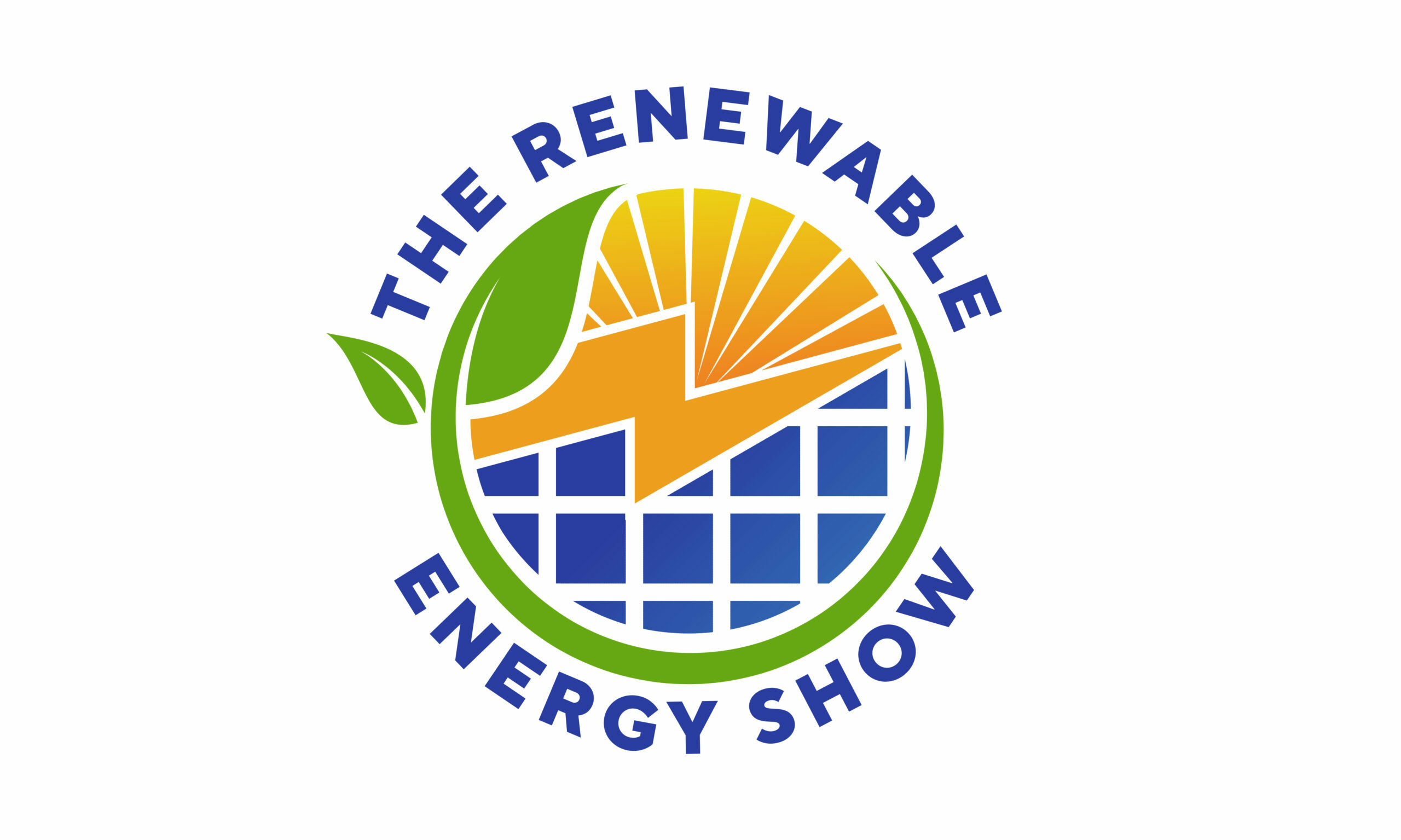As the world grapples with the challenges of climate change, energy security, and sustainable development, a quiet revolution is brewing beneath our feet. Geothermal energy, harnessing the heat from the Earth’s core, is emerging as a game-changer in the quest for clean, reliable, and renewable power. This often-overlooked energy source has the potential to transform the way we generate electricity, and it’s about time we took a closer look.
Geothermal energy has been around for decades, but its potential has long been underestimated. In fact, it’s the world’s oldest and most reliable source of renewable energy, with the first geothermal power plant opening in Larderello, Italy back in 1904. The technology has since improved dramatically, allowing for more efficient extraction of heat from the Earth’s crust.
So, how does it work? Simply put, geothermal energy taps into the natural heat of the Earth, either by using hot water or steam from underground reservoirs or by drilling deep into the Earth’s crust to access the rock’s thermal energy. This heat is then converted into electricity, either through a steam turbine or a binary cycle system. The process is clean, efficient, and produces no greenhouse gas emissions, making it an attractive alternative to fossil fuels.
One of the most significant advantages of geothermal energy is its scalability. While traditional solar and wind energy often require vast areas of land, geothermal power plants can be built in a relatively small footprint. This makes it an ideal solution for developed countries, where land is scarce and space is at a premium. Moreover, geothermal energy can be used for both electricity generation and direct use, such as heating and cooling buildings, making it an attractive option for urban areas.
The economic benefits of geothermal energy are also noteworthy. According to the International Renewable Energy Agency (IRENA), geothermal energy can generate power at a cost comparable to or even lower than traditional fossil fuels. In fact, the cost of geothermal energy has decreased by over 50% in the past decade, making it a more competitive option for utilities and governments.
So, what’s holding geothermal energy back? One major hurdle is the high upfront cost of exploration and drilling. Identifying suitable geothermal resources can be a complex and time-consuming process, requiring significant investment. However, with advancements in technology and economies of scale, these costs are decreasing, making geothermal energy more accessible to a wider range of countries and developers.
As the world continues to transition towards a low-carbon economy, geothermal energy is poised to play a significant role. In fact, the Global Geothermal Power Association estimates that geothermal energy could provide up to 10% of the world’s electricity by 2050. Countries like the United States, Indonesia, and the Philippines are already leading the charge, with many more countries set to follow suit.
In conclusion, geothermal energy is not just a niche player in the renewable energy landscape; it’s a game-changer. With its scalability, economic benefits, and potential to provide clean, reliable power to millions of people around the world, it’s time to give geothermal energy the recognition it deserves. As we look to the future, harnessing the power of the Earth could be the key to unlocking a more sustainable, equitable, and prosperous world for all.
